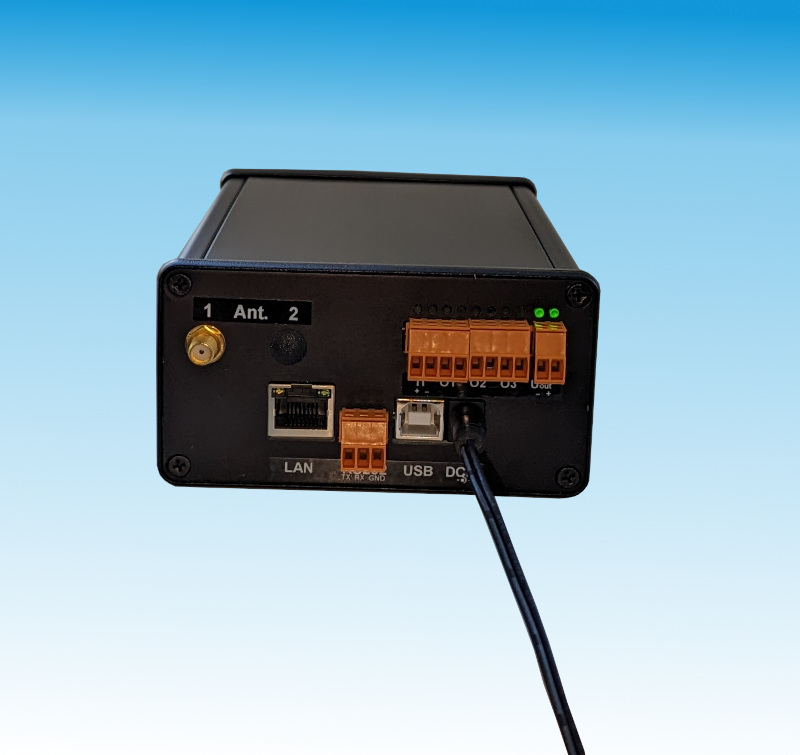SIR-2550

High-performance 13.56 MHz RFID industrial mid-range reader
- Interfaces: Ethernet, (RS232, USB)
- SMA connector for connecting up to 4 RFID antennas
- Housing for top-hat rail mounting
- 3 digital outputs / 1 digital input
- Ideal for use in laundries and industry
- Simple integration thanks to SMART Read
- High reading speed (99 tags/sec. for ISO18003Mode3)
- Also available as a version with splitter for parallel connection of 2 antennas
In the SIR-2550-S version (splitter), 2 antennas are connected in parallel. This doubles the reading speed compared to a reader with a multiplexer (a multiplexer is used in almost all readers with several antenna outputs), which switches back and forth between the two antennas. This reader is particularly advantageous for applications in which the objects with transponders move past the antennas at high speed.
Supported transponders:
EM4034, 4035, 4133, 4135: ISO 15693 ; I-Code ILT ; ISO 15693 ; ISO 18000-3 Mode 3 ; ISO18000-3 ; NXP I-Code SLI (-S/-L): ISO 15693
Difference splitter / multiplexer:
A splitter splits a single signal into several signals, while a multiplexer switches the signal back and forth between several antennas.
In RFID applications, a splitter is used to split a signal from an RFID reader between several RFID antennas. The advantage of a splitter in this case is that it offers a cost-effective way of operating several antennas with a single reader instead of requiring separate readers for each antenna. This allows the number of readers to be reduced without changing the detection speed compared to an RFID reader with only one antenna connected.
If, for example, two antennas are required on a conveyor belt in order to reliably detect the objects labelled with transponders, the use of a multiplexer could result in a transponder being passed by one antenna while the other antenna is being read. In this case, the RFID transponder would not be recognised.
However, it is important to note that the use of a splitter can also have disadvantages. For example, the range may be reduced if the signal is distributed across several antennas, as the power is split and each antenna receives a lower signal strength.